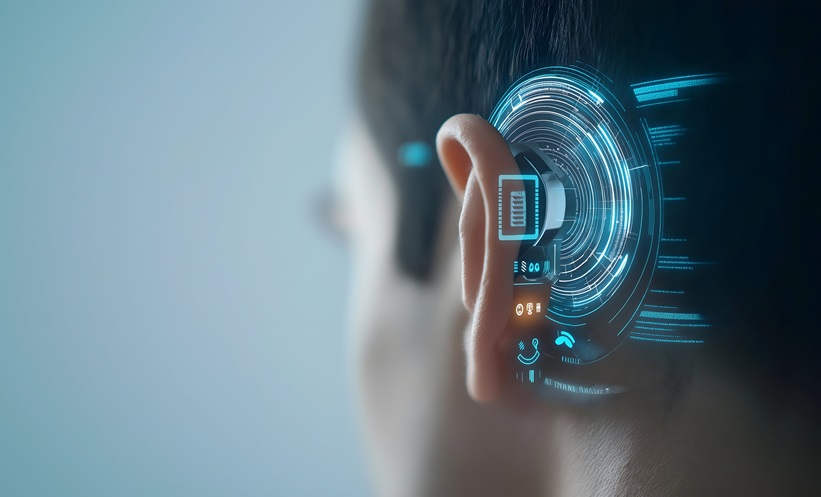VAGUS nerve stimulation boosts exercise capacity and reduces inflammation in healthy adults, raising hopes for new treatments to help people with limited fitness, early results from a UK trial suggest.
Researchers from University College London and Queen Mary University of London tested a small device that delivers gentle electrical pulses to the vagus nerve, a key communication pathway between the brain and the heart, on 28 volunteers without chronic illness. In this randomised, double-blind, crossover trial, each participant wore either the active stimulator or a sham device clipped to their ear for 30 minutes daily over one week, before switching to the other device after a two-week break. Participants completed standard exercise tests at the start and end of each intervention period, and blood samples were analysed in a subgroup to assess inflammatory markers.
After one week of vagus nerve stimulation, participants showed a significant increase in maximum oxygen uptake (VO2peak) during exercise by 1.04 mL/kg/min (95% CI: 0.34–1.73; P = .005), compared to a decrease after sham stimulation (−0.54 mL/kg/min; 95% CI: −1.52 to 0.45). This improvement represents a 4% boost in cardiorespiratory fitness. Peak exercise heart rate and breathing rate also increased (by 4 beats per minute and 4 breaths per minute, respectively), alongside a rise in maximum work rate (by 6 W; 95% CI: 2–10; P = .006). Importantly, blood tests showed a reduced inflammatory response after active stimulation, suggesting that the device not only enhances fitness but may also counteract harmful immune activity associated with stress and heart disease.
These findings point to non-invasive vagus nerve stimulation as a promising, accessible tool to improve fitness and reduce inflammation, potentially benefitting those who are less able to exercise due to heart failure or other chronic conditions. For clinicians, this intervention may represent a novel adjunct to encourage physical activity and protect heart health, particularly for patients who struggle to achieve recommended levels of exercise. Ongoing larger trials are now assessing its impact in people with cardiovascular diseases, which may soon inform clinical practice and guidelines.
Reference
Ackland GL et al. Non-invasive vagus nerve stimulation and exercise capacity in healthy volunteers: a randomized trial. European heart journal. 2025;46(17):1634-44.








